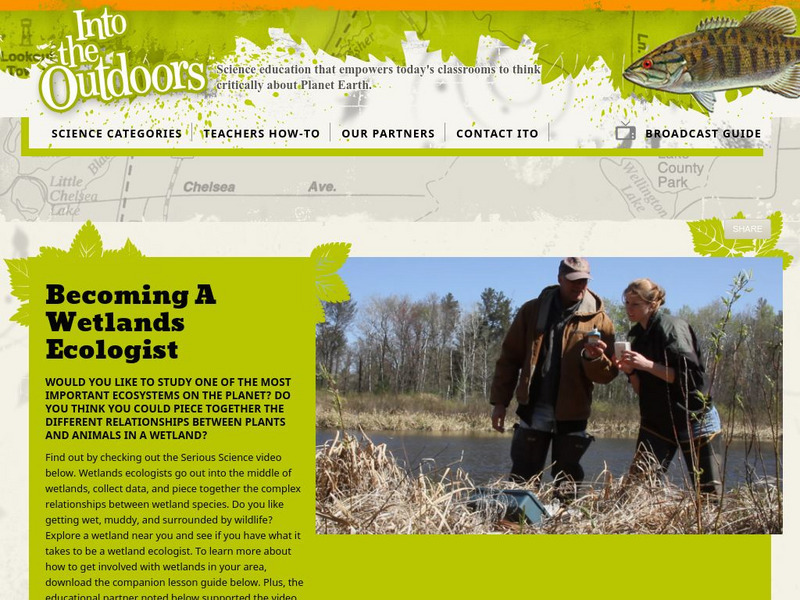Mazz Media
Biotic
This live-action video program is about the word biotic. The program is designed to reinforce and support a student's comprehension and retention of the word biotic through use of video footage, photographs, diagrams and colorful,...
msvgo
Ecosystem-Structure and Function
Explain the concept of different ecosystem structures and functions and the correlations between them.
Mazz Media
Soil
This live-action video program is about the word Soil. The program is designed to reinforce and support a student's comprehension and retention of the word Soil through use of video footage, photographs, diagrams and colorful, animated...
FuseSchool
Differences Between Natural & Artificial Ecosystems
An ecosystem can be defined as a large, highly interconnected area of the planet that is composed of several different biotic and abiotic components. A good example of an ecosystem would be an entire forest or mountain range. A natural...
FuseSchool
BIOLOGY - Environment - Interactions within ecosystem
Ecosystems are large, often highly complex areas of our environment. In this video we learn how abiotic and biotic factors interact with one another in a ecosystem, how trophic levels work, and how various factors in an ecosystem lead to...
FuseSchool
Ecosystem Management
Regardless of the habitat type, method of management, or end goal, ecosystem management plays a large part in modern society. Without effective ecosystem management, we would have much less access to the resources that we use for our...
Mazz Media
What is a Biome?
This live-action video program is about the word biome. The program is designed to reinforce and support a student's comprehension and retention of the word biome through use of video footage, photographs, diagrams and colorful, animated...
Visual Learning Systems
Ecosystems Review
This video summarizes the topics covered in the Ecosystems series. This video explores the features of ecosystems, including abiotic and biotic components and their interactions with the physical environment. The speaker also discusses...
Visual Learning Systems
Ecosystem Dynamics Review
This video reviews the concepts covered in the Ecosystem Dynamics series. The video explores the features of ecosystems, the concept of biodiversity, and energy flow in ecosystems. Ecosystem Dynamics part 9/10
Visual Learning Systems
The Biosphere: Biotic and Abiotic Factors
This program explores the major features of earth's amazing biosphere. Students are introduced to the biotic and abiotic components found in an ecosystem. Footage from throughout the world illustrates how ecosystems can change over time....
Getty Images
Abstract background with changing liquid texture
Abstract background with changing liquid texture
Getty Images
Abstract background with changing liquid texture
Abstract background with changing liquid texture.
Into the Outdoors
Into the Outdoors: Becoming a Wetlands Ecologist
A video introducing students to what a wetland ecologist studies. Learn that to study the wetlands ecologist must understand the relationship between the non-living and living factors. Also included on the site is a lesson plan for...
NOAA
Noaa: Estuary Education: Estuary Scavenger Hunt
Follow this group of students through their scavenger hunt in the estuary. Take a look at the living and nonliving things that make this ecosystem a special place. [9:38]
Sophia Learning
Sophia: Parts of an Ecosystem
A video lesson defining the basic vocabulary necessary to describe an ecosystem and its parts. Learn how the abiotic and biotic factors work together to form an ecosystem. [7:27]
Khan Academy
Khan Academy: Ecology: Ecology Introduction
Ecology is the study of how living things interact with each other and their environment. This includes living things (biotic factors) and non-living things (abiotic factors). [9:48]




